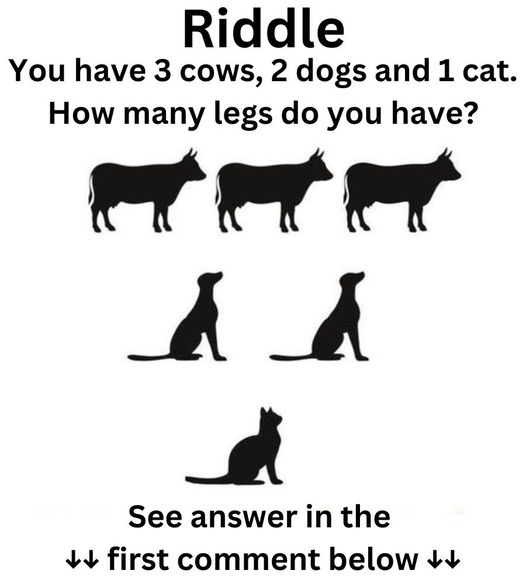How many legs do you have with 3 cows, 2 dogs, and 1 cat?
The Legs Of The Animals
The first reaction is to count the legs of the animals mentioned, because this is what your brain automatically goes to when trying to identify which animal is being described.
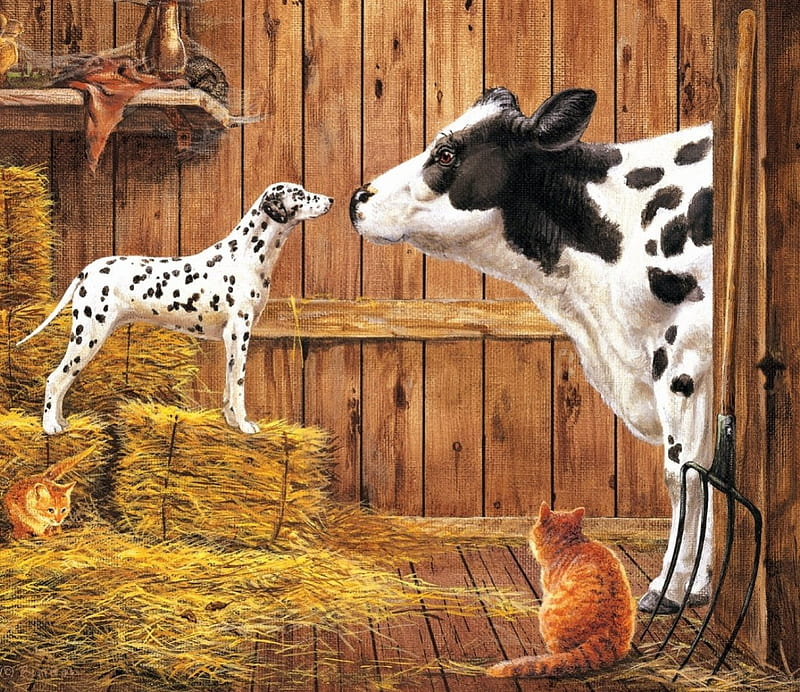
It seems logical that the answer has something to do with the total number of legs of cows, dogs and a cat, since we know that each of these animals has a specific number of legs. So let’s first calculate the total number of legs to get a better understanding of the situation.

- Cows: Quadrupeds. This riddle: Three cows. Multiply legs: 4 legs per cow x 3 cows = 12 legs.
- “Dogs and cows are quadrupeds. In this riddle there are two dogs, so a total of 8 legs (4 legs per dog x 2 dogs).”
- Finally, we also have a cat with a total of 4 legs.
If you add all of these numbers together, you get the following total: the sum of the numbers is equal to the sum of their individual values added together.

There are a total of 12 cow legs, 8 dog legs, and 4 cat legs, which means there are a total of 24 legs between all these animals.
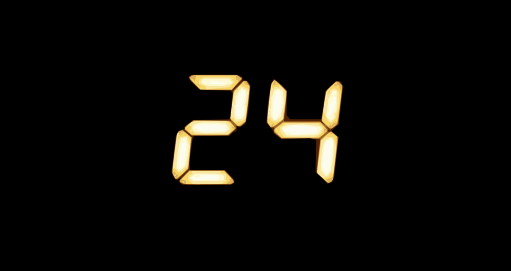
You may think that you have the answer by counting all the animal legs and coming up with 24, but there is a pitfall that you have overlooked; namely, that there are not only animals with four legs, but also with two, six, eight and even no legs. This means that counting legs alone is not enough to arrive at the correct answer.

The Deception In The Question
The question contains a clever trick by naming the animals first, which automatically makes you think you have to add their legs to arrive at the answer.

But if you read the sentence again, you will notice that the question is actually phrased differently than you initially thought. It is not simply the question “How many legs do animals have?”, but more specifically aimed at you as an individual: “How many legs do you have?”

And that’s where most people go wrong; they automatically start counting the animals’ legs, without stopping to consider that the question isn’t actually about the animals, but about something else.
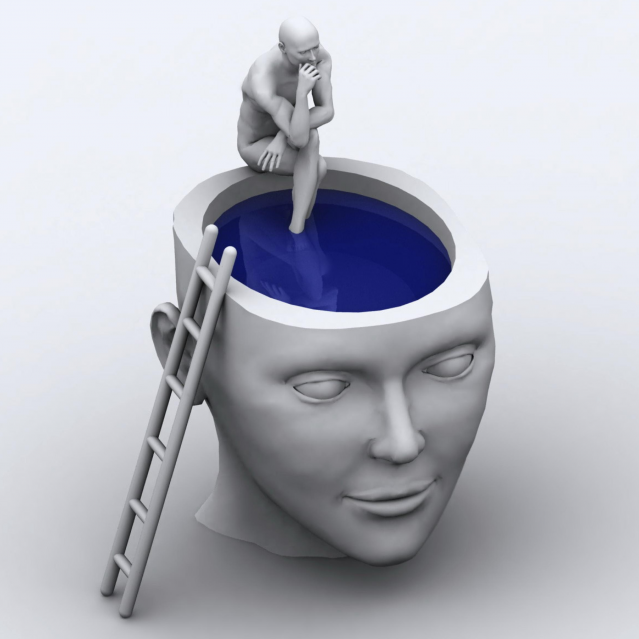
By using cows, dogs and a cat as examples, the focus is diverted from the real subject: you. The question is simply how many legs you have, not how many legs these animals have.

The Right Answer
Now that we know the question is deceptive, let’s quickly answer: two legs.
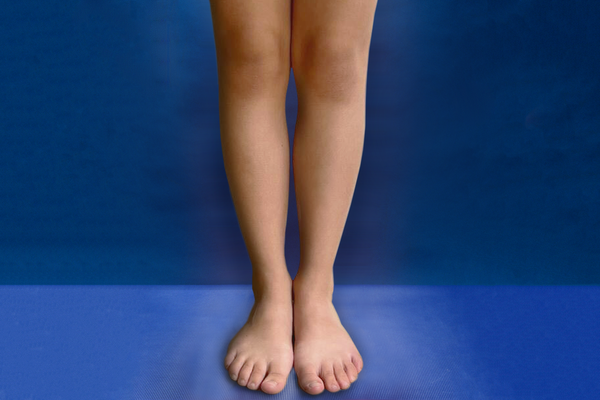
2 legs.
Despite the focus on animal legs, you should have only been paying attention to your own number of legs and not been distracted by the number of legs you could see. This riddle draws power from this simple but effective distraction, challenging you to pay close attention and not jump to conclusions.

The animals and their legs are ingeniously designed to trick your mind and purposefully lead you astray, revealing even more brilliance and mystery to the puzzle once you are aware of it.

Accurate Reading
What do we learn from this riddle? It emphasizes the importance of reading carefully and not jumping to conclusions so as not to miss important details.

In this riddle the animals trick us into thinking the answer has something to do with legs.
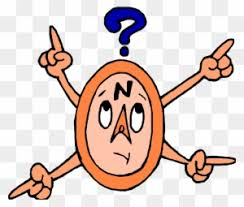
If you reread the question, it becomes clear that it is not about the animals, but about your own legs.

Solving these puzzles teaches us the need to dig deeper than just the surface. Sometimes the answer is simpler than it seems and only requires focusing on the right details.

The question about your paws, distracted by animals and sounds of nature, makes the riddle smarter.

Riddles
These riddles work well because they play on our tendency to focus on what stands out, automatically drawing our attention to the most salient aspects and focusing our brain on those.
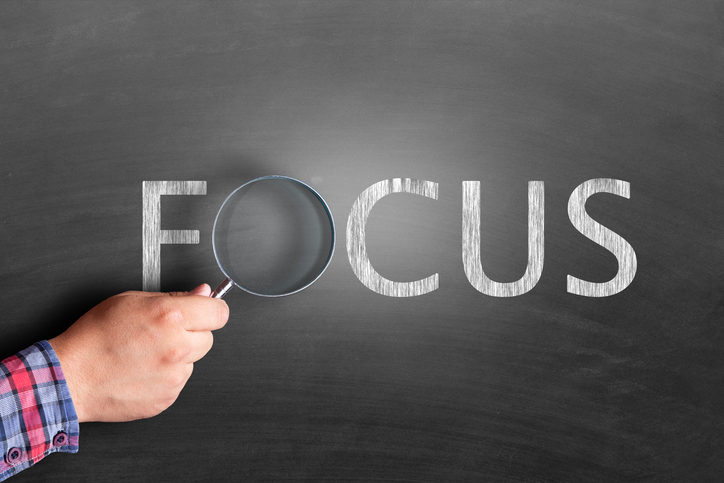
In this case, it’s grazing cows, happy dogs running around and a playful cat lazily lying in the sun. Our brain quickly makes the connection with their paws and automatically counts, as if it’s a reflex that helps us find structure in the world.

The real answer lies elsewhere in the question, so riddles force us to look further and check whether we have understood the question.

“Solving riddles like this is not only fun, but also helps develop our cognitive skills, trains our ability to solve problems and encourages us to think more logically and critically.”

This riddle highlights the importance of bias and emphasizes the importance of fully understanding before we answer.

The Human Brain
Solving riddles like this is fun and good for our minds.

They encourage us to think more creatively, explore new perspectives and shift our focus to innovative solutions and possibilities.
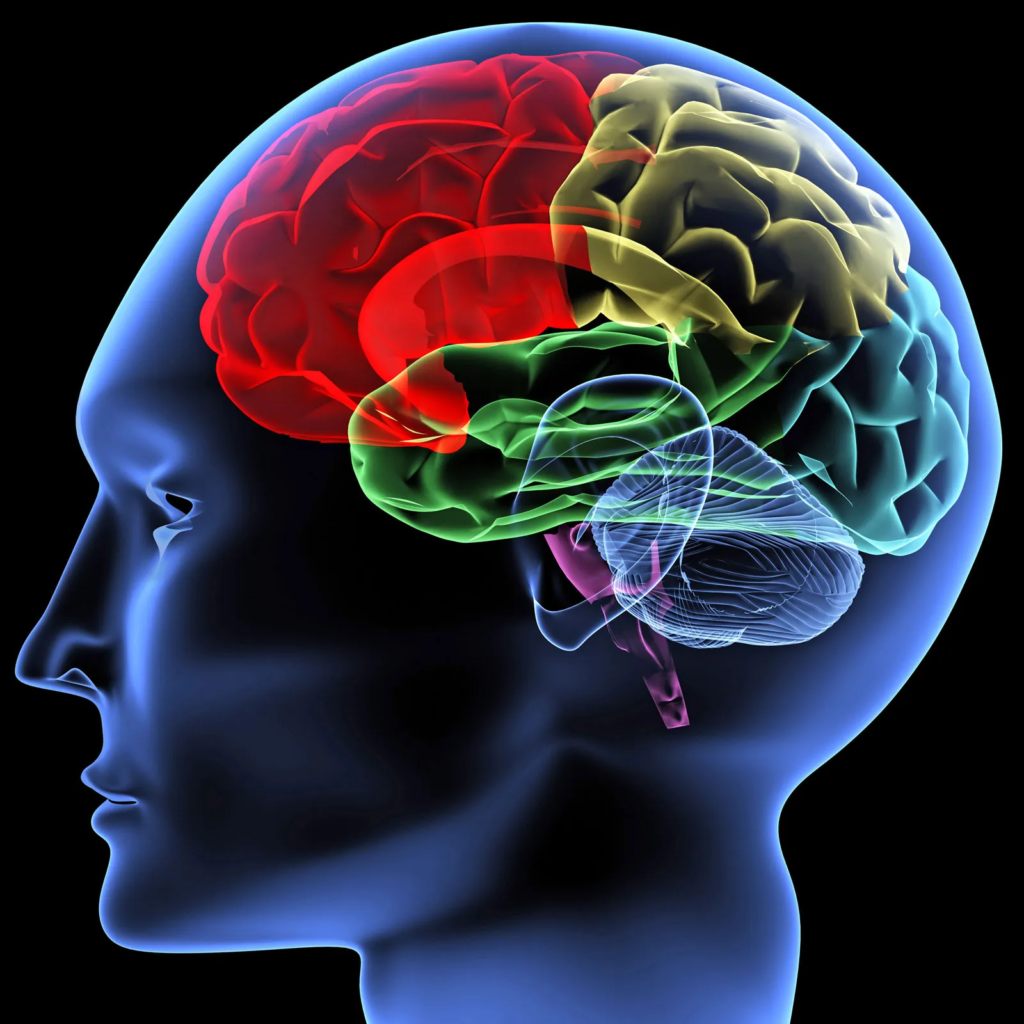
When you encounter a riddle like this, you are challenged to think further and realize that there may be a simpler solution that you may be overlooking, triggering you to think more creatively and explore new possibilities.

Exposing yourself to mental challenges will help you develop critical thinking skills and look at situations from different angles.

Our flexibility and adaptability enable us to effectively solve problems in everyday life.

A Source Of Inspiration
This riddle is thought provoking and reminds us that life is full of distractions.
-> This riddle makes us think and reminds us of the distractions in life.

Sometimes we get too focused on details and lose sight of the bigger picture. It is important to fully understand the question before taking action, whether it is a puzzle or a real-life situation.

Keypoints
- The riddle seems simple, but has a surprising twist.
- “You have 3 cows, 2 dogs and 1 cat. If we add up all the legs, the total number of legs is:”
- There are 3 cows, which means there are 12 legs in total.
- In the presence of 2 dogs there are 8 legs in total
- 1 cat is equal to 4 legs when measuring the amount of a certain substance or material.
- The total sum of the number of legs of all animals together is 24.
- But how many legs do you have? Most people have two legs, but there are exceptions such as people with amputations or congenital defects who may have fewer than two legs.
- The riddle teaches us to read carefully, to consider details and not to jump to conclusions, but to analyze patiently and accurately before deciding.
- It emphasizes the importance of looking further to discover deeper insights and possible hidden nuances.
- Solving riddles like these helps develop our critical thinking skills and improves our problem-solving skills in everyday life.
SHARE NOW :How many legs do you have with 3 cows, 2 dogs, and 1 cat?
